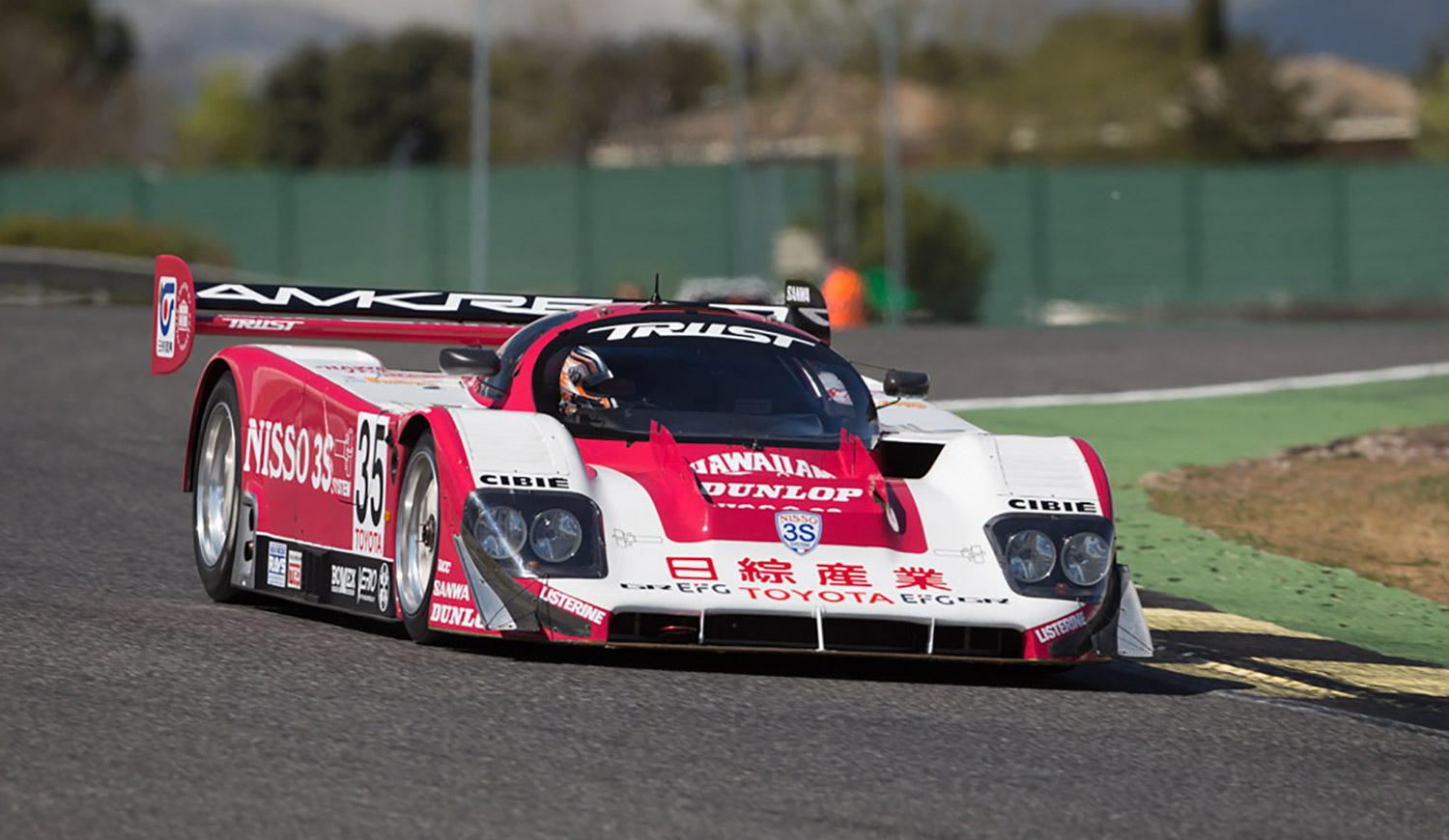The ‘90s saw Toyota produce some of their finest engine work — it spawned the 1JZ and 2JZ, beams 3S-GE, 20-valve 4A-GE silver- and black-top … the list can go on forever.
But we’re willing to bet a decent chunk of money (the $3.20 of change sitting in my desk drawer) one that has yet to blip up on your radar is the R36V.

But that’s just a byproduct of racing engines from Japanese carmakers not getting the same kind of love as their road-going counterparts, and hey, that makes perfect sense – Johnny Tuner may 4A-GE swap their Corolla, or cram a 1J into their Cressida, but they’re highly unlikely to get their hands on a near-on 1000hp powerplant like that of the R36V.
The R36V was based on a previously built 3.2-litre version (R32V) that was introduced by Toyota in 1990 for the Le Mans 24-hour race, World Sports Prototype Car Championship (WSPC) and the All Japan Sports Prototype Championship (JSPC). While Toyota had previously been campaigning a 3S-GE, restrictions on race fuels meant Toyota wanted to look towards larger displacement hearts.
This spawned the development of the R32V, and although it saw victory in 1988 and 1989, Toyota deemed it impossible to win a JSPC championship with. Subsequently, a revised 3.6-litre version known as the R36V was introduced as its replacement in 1990. Chuffed up by a CT 26RT twin-scroll snail and pumping out upwards of 800ps, it was crammed into the 92C-V prototype car. Three cars were entered into the 1992 All Japan Sports Prototype Championship and managed four top-three finishes out of the six races, but did not manage a win — eventually allowing Nissan to win the championship title for the third consecutive year.

With the demise of Group C 1994, Toyota updated two cars and ran them as the Toyota 94C-V under the new 24 Hour of Le Mans LMP1 class. Achieving a one-two finish for their class, car #1 finished second overall — almost winning Le Mans.
While it raced at other events throughout its lifespan, its last outing of note was the
Suzuka 1000km in 1994 where it was retired due to mechanical issues.
The R36V was one of those mind-bending never-to-be-repeated projects during Japan’s bubble years, where automakers threw insane amounts of money at race engines and they chassis the adorned. It was truly a time of glory-seeking race cars that we hadn’t seen before, and never really have since.






